Home>Articles>How To Get Humidity Out Of House Without A Dehumidifier
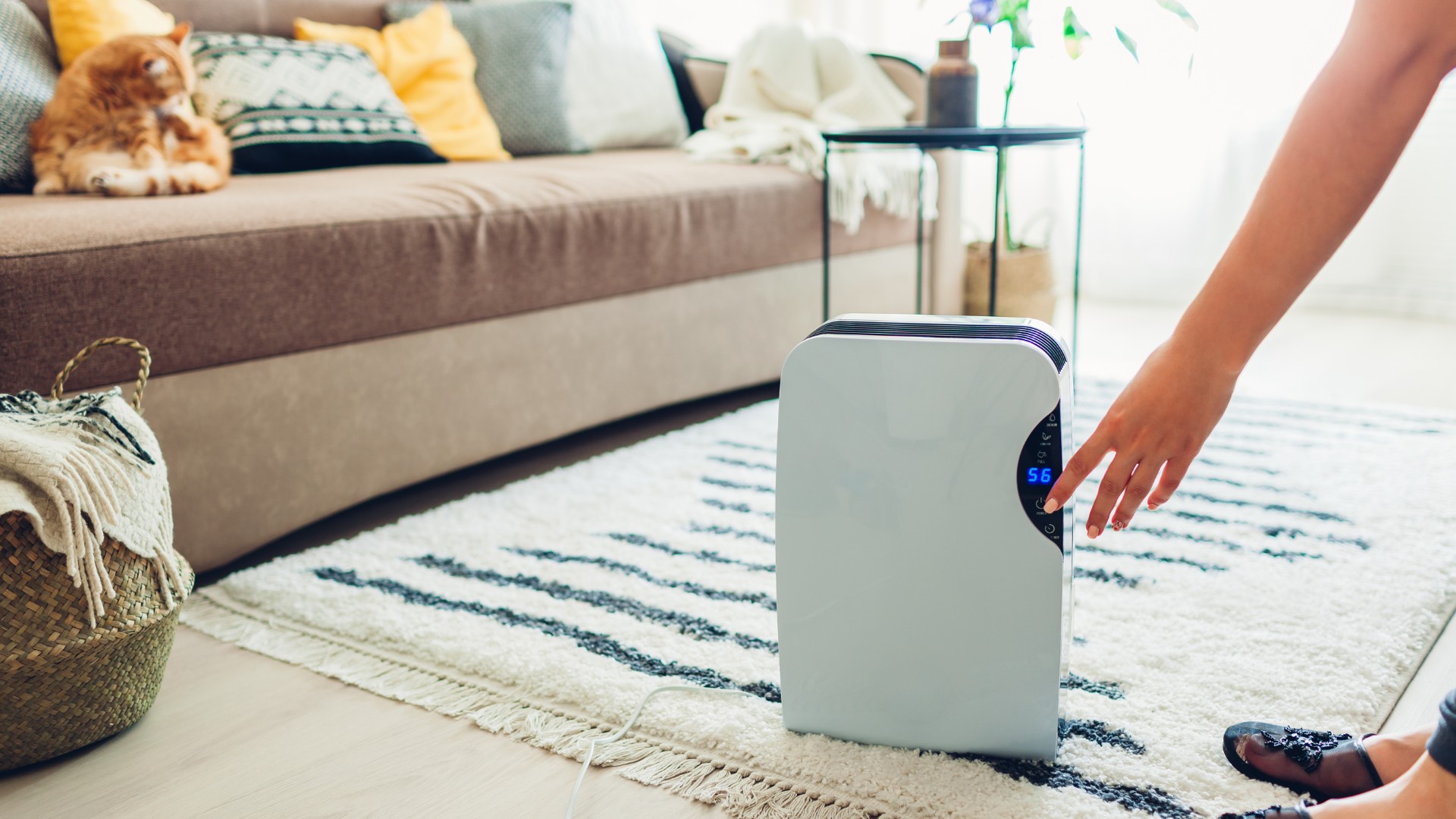

Articles
How To Get Humidity Out Of House Without A Dehumidifier
Modified: February 26, 2024
Learn how to reduce humidity in your home without the need for a dehumidifier. Our informative articles provide effective tips and tricks to keep your house comfortable and dry.
(Many of the links in this article redirect to a specific reviewed product. Your purchase of these products through affiliate links helps to generate commission for Storables.com, at no extra cost. Learn more)
Introduction
Having excessively high humidity levels in your house can be quite uncomfortable and even damaging to your health and property. High humidity can lead to mold growth, musty odors, and even structural damage. While a dehumidifier is a common solution to combat excess humidity, it may not always be accessible or the most convenient option.
In this article, we will explore alternative methods to reduce humidity in your house without the use of a dehumidifier. From increasing ventilation to utilizing moisture-absorbing materials, we will provide you with practical tips on how to achieve a more comfortable and healthier living environment.
Key Takeaways:
- Combat excess humidity in your house without a dehumidifier by increasing ventilation, utilizing fans, and strategically opening windows. Address water leaks and consider removing indoor plants to create a healthier living environment.
- Control indoor humidity levels by using natural ventilation methods, moisture-absorbing materials, and addressing water leaks. Implementing these strategies can create a more comfortable and healthier living space without relying on a dehumidifier.
Read more: How To Get Screws Out Without A Screwdriver
Understanding Humidity
Before diving into the solutions, it’s important to understand what humidity is and why it can be a problem within the house. Humidity refers to the amount of moisture or water vapor present in the air. It is usually measured as a percentage and can have a significant impact on our daily lives.
High humidity in the house can pose several challenges. Firstly, it can make the air feel heavy and damp, leading to discomfort and difficulty in breathing. It can also create an ideal environment for the growth of mold, mildew, and dust mites, which can trigger allergies and respiratory issues. Additionally, excess humidity can cause structural damage to your home, including peeling paint, warped wood, and even damage to electronic devices.
To maintain a healthy and comfortable indoor environment, it’s crucial to keep the humidity levels in check. Let’s explore some of the common causes of excess humidity in the house and how we can address them without relying on a dehumidifier.
Causes of Excess Humidity
Excess humidity in the house can stem from various factors. Understanding these causes will help us effectively tackle the issue. Let’s take a look at some of the common culprits:
- Inadequate ventilation: Poor ventilation can trap moisture indoors, leading to high humidity levels. Without proper air circulation, the moisture produced within the house has no way to escape.
- Appliances and activities generating moisture: Certain household appliances and activities can contribute to indoor humidity. This includes cooking, showering, using a clothes dryer, and even indoor plants, as they release moisture into the surrounding air.
- Water leaks and condensation: Leaky pipes, roof leaks, and condensation on windows can all introduce excess moisture into the house. Accumulated moisture from these sources can significantly elevate humidity levels over time.
Now that we understand the common causes of excess humidity, let’s explore some practical methods to reduce humidity in the house without relying on a dehumidifier.
One way to reduce humidity in your house without a dehumidifier is to increase ventilation by using exhaust fans, opening windows, and using air conditioning. Additionally, using moisture-absorbing materials like charcoal or silica gel can help reduce humidity levels.
How to Reduce Humidity Without a Dehumidifier
If you don’t have access to a dehumidifier or prefer to explore alternative methods, there are several ways to effectively reduce humidity in your house. Here are some practical tips:
- Increase ventilation: Proper ventilation is key to maintaining a healthy indoor environment. Open windows and doors whenever possible to allow fresh air to circulate and expel trapped moisture.
- Use natural ventilation methods: Take advantage of natural ventilation methods such as cross-ventilation, where you open windows on opposite sides of your house to create a breeze. You can also open windows during cooler hours, like early morning or late evening, when the air is typically drier.
- Install exhaust fans: Install exhaust fans in areas prone to moisture, such as the bathroom, kitchen, and laundry room. These fans will help remove humid air and prevent it from spreading throughout the house.
- Utilize fans and air conditioners: Fans and air conditioners can help circulate and cool the air, reducing humidity levels in the process. Fans can be particularly effective in combination with open windows to draw out humid air.
- Open windows and doors strategically: Open windows and doors strategically to create a natural flow of air. Position them in locations where the prevailing wind direction can help push out moist air.
- Use moisture-absorbing materials: Certain materials, such as silica gel packets, charcoal briquettes, and desiccants, can absorb excess moisture from the air. Place them in areas prone to high humidity, like closets, basements, and bathrooms.
- Remove indoor plants: Indoor plants release moisture through a process called transpiration. If you’re dealing with high humidity levels, consider removing or reducing the number of plants indoors.
- Fix water leaks and insulate pipes: Water leaks and poorly insulated pipes can introduce significant moisture into your house. Regularly check for leaks and repair them promptly. Additionally, insulate pipes to prevent condensation and reduce moisture accumulation.
By implementing these methods, you can effectively reduce humidity levels within your house and create a more comfortable living environment.
Other Tips for Controlling Humidity
In addition to the methods mentioned earlier, there are a few more tips and tricks you can incorporate into your routine to further control humidity levels in your house:
- Use a moisture meter: A moisture meter can help you monitor and gauge the humidity levels in your home accurately. This device will give you a better understanding of which areas need attention and whether your efforts to reduce humidity are effective.
- Control indoor temperature: Lowering the indoor temperature can help reduce humidity levels. Use air conditioners, fans, or open windows during cooler hours to maintain a comfortable and drier indoor environment.
- Dry clothes outdoors: Avoid drying clothes indoors as they release moisture into the air. Instead, take advantage of good weather and dry your clothes outdoors to prevent excess humidity buildup in your house.
- Take shorter and cooler showers: Long, hot showers can produce a significant amount of steam and moisture. Try to take shorter showers and lower the temperature to minimize humidity production in your bathroom.
- Limit boiling and cooking steam: When cooking, cover pots and pans to prevent steam from escaping into the kitchen. Use exhaust fans and keep the kitchen well-ventilated to minimize the impact of boiling and cooking steam on indoor humidity.
- Avoid overwatering plants: While indoor plants can beautify your home, overwatering them can contribute to increased humidity levels. Be mindful of how much water your plants need and ensure proper drainage to prevent excess moisture in the soil.
By incorporating these additional tips into your humidity control strategy, you can further improve the overall comfort and health of your living space.
Read more: How To Install A Whole House Dehumidifier
Conclusion
Excess humidity in your house can lead to discomfort, mold growth, and even structural damage. While dehumidifiers are commonly used to alleviate this issue, there are alternative methods to reduce humidity without relying on these devices. By implementing the following strategies, you can achieve a more comfortable and healthier indoor environment:
- Increase ventilation by opening windows and doors, utilizing natural methods, and installing exhaust fans.
- Make use of fans and air conditioners to circulate and cool the air.
- Strategically open windows and doors to create a natural flow of air.
- Utilize moisture-absorbing materials such as silica gel packets and charcoal briquettes.
- Consider removing or reducing indoor plants, as they release moisture into the air.
- Address water leaks and insulate pipes to prevent moisture accumulation.
- Additional tips include using a moisture meter, controlling indoor temperature, drying clothes outdoors, taking shorter and cooler showers, limiting boiling and cooking steam, and avoiding overwatering plants.
By following these guidelines and incorporating them into your daily routine, you can effectively reduce excess humidity in your house. Remember to monitor humidity levels and adjust your strategies accordingly. Creating a comfortable living environment with optimal humidity levels not only promotes better health but also safeguards your property from potential damage.
So, take control of your indoor humidity, implement these tips, and enjoy a healthier, more comfortable living environment without the need for a dehumidifier.
Frequently Asked Questions about How To Get Humidity Out Of House Without A Dehumidifier
Was this page helpful?
At Storables.com, we guarantee accurate and reliable information. Our content, validated by Expert Board Contributors, is crafted following stringent Editorial Policies. We're committed to providing you with well-researched, expert-backed insights for all your informational needs.
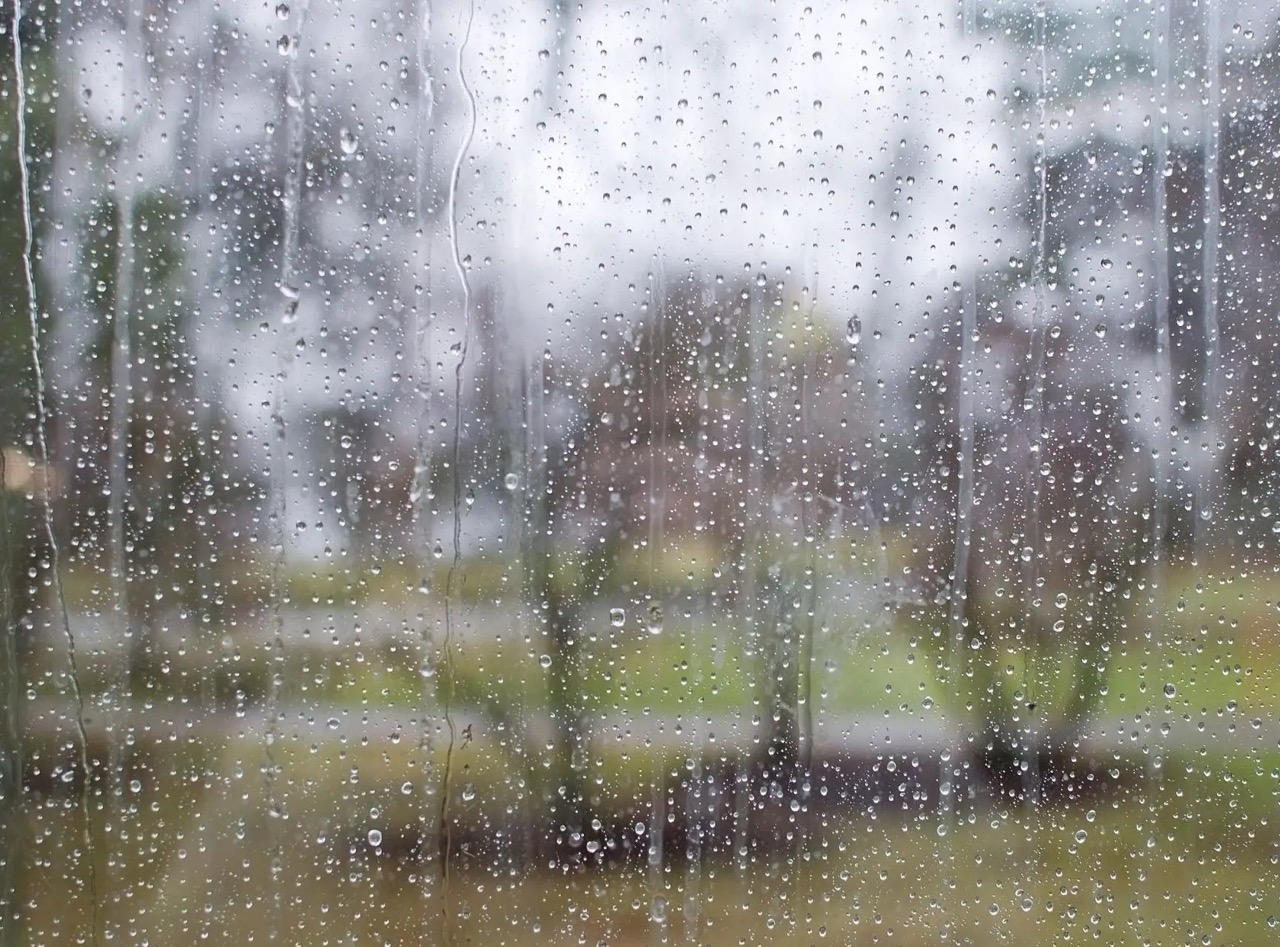

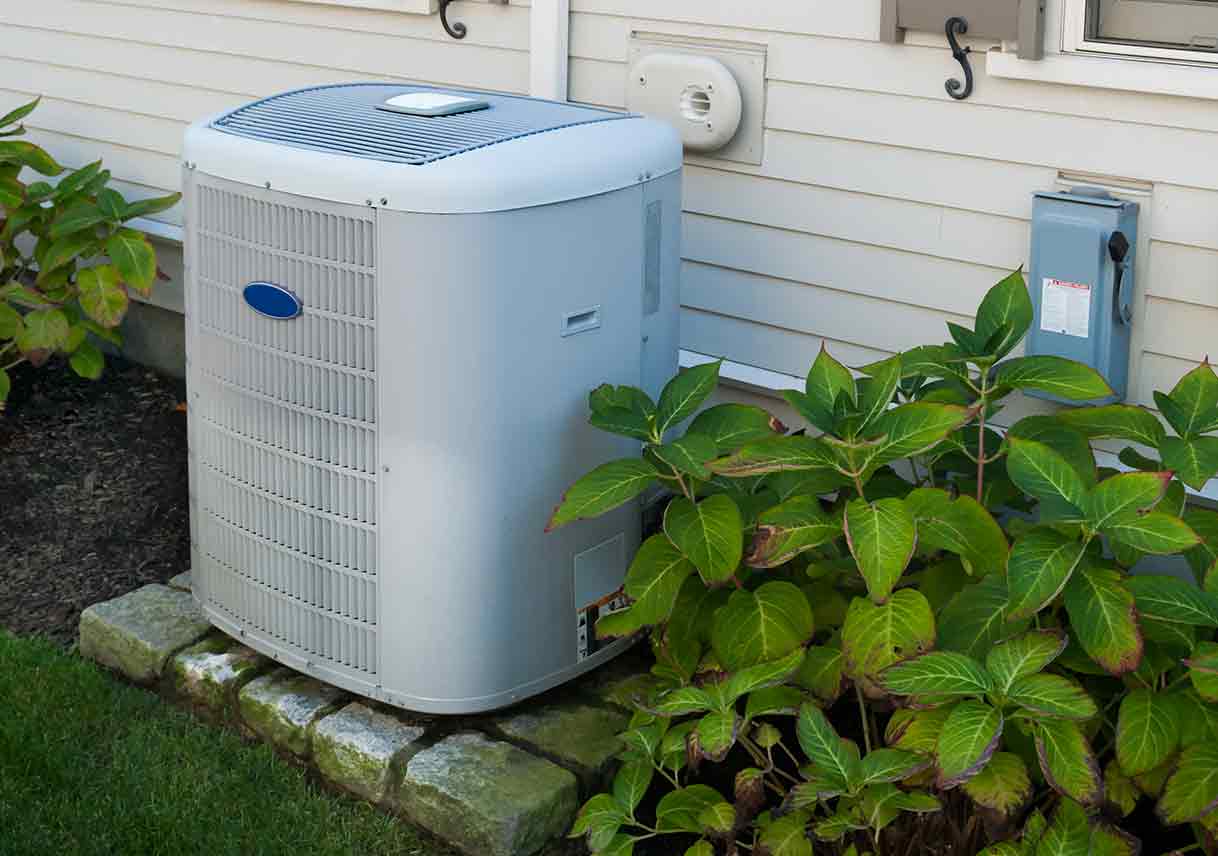

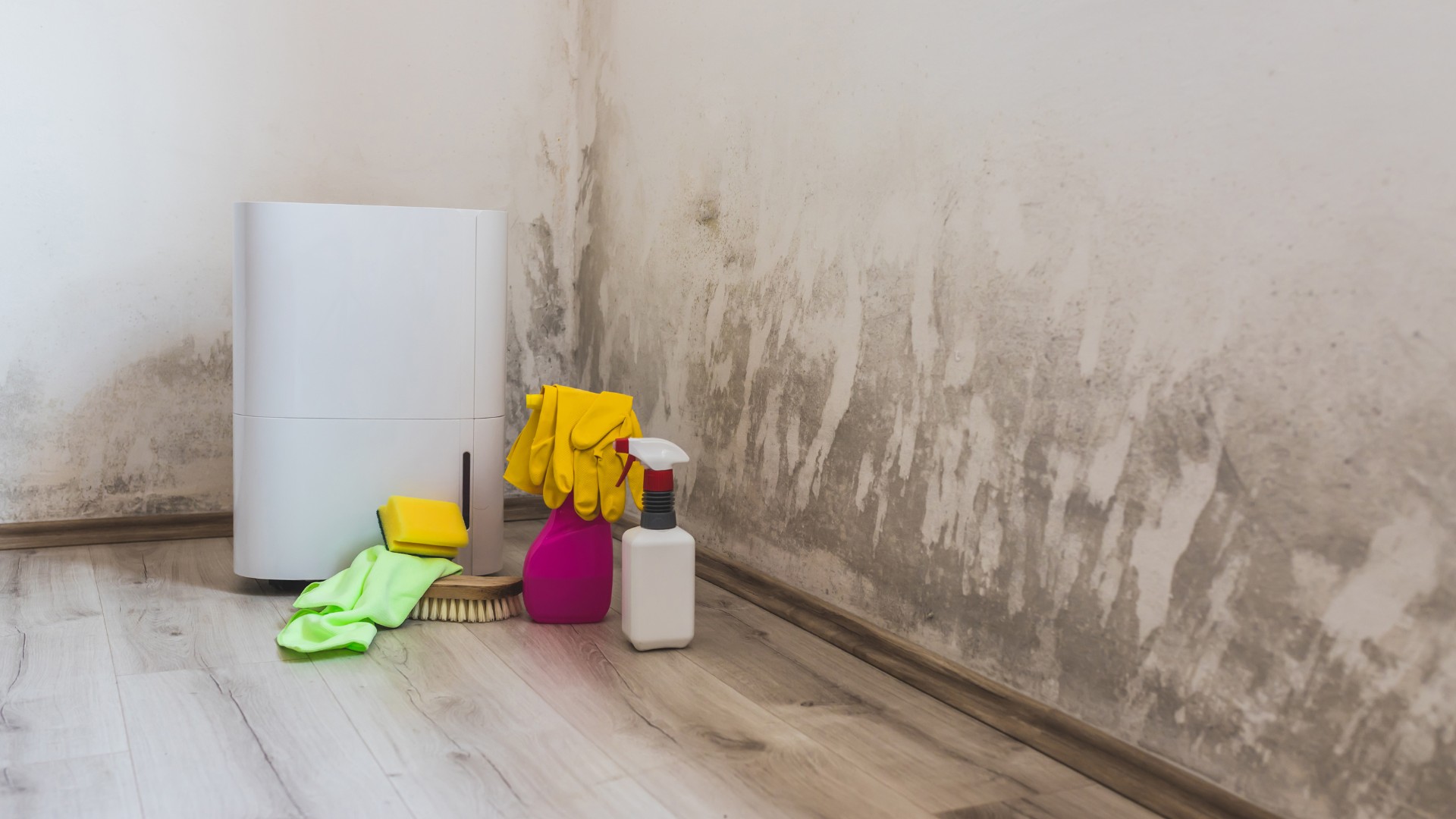
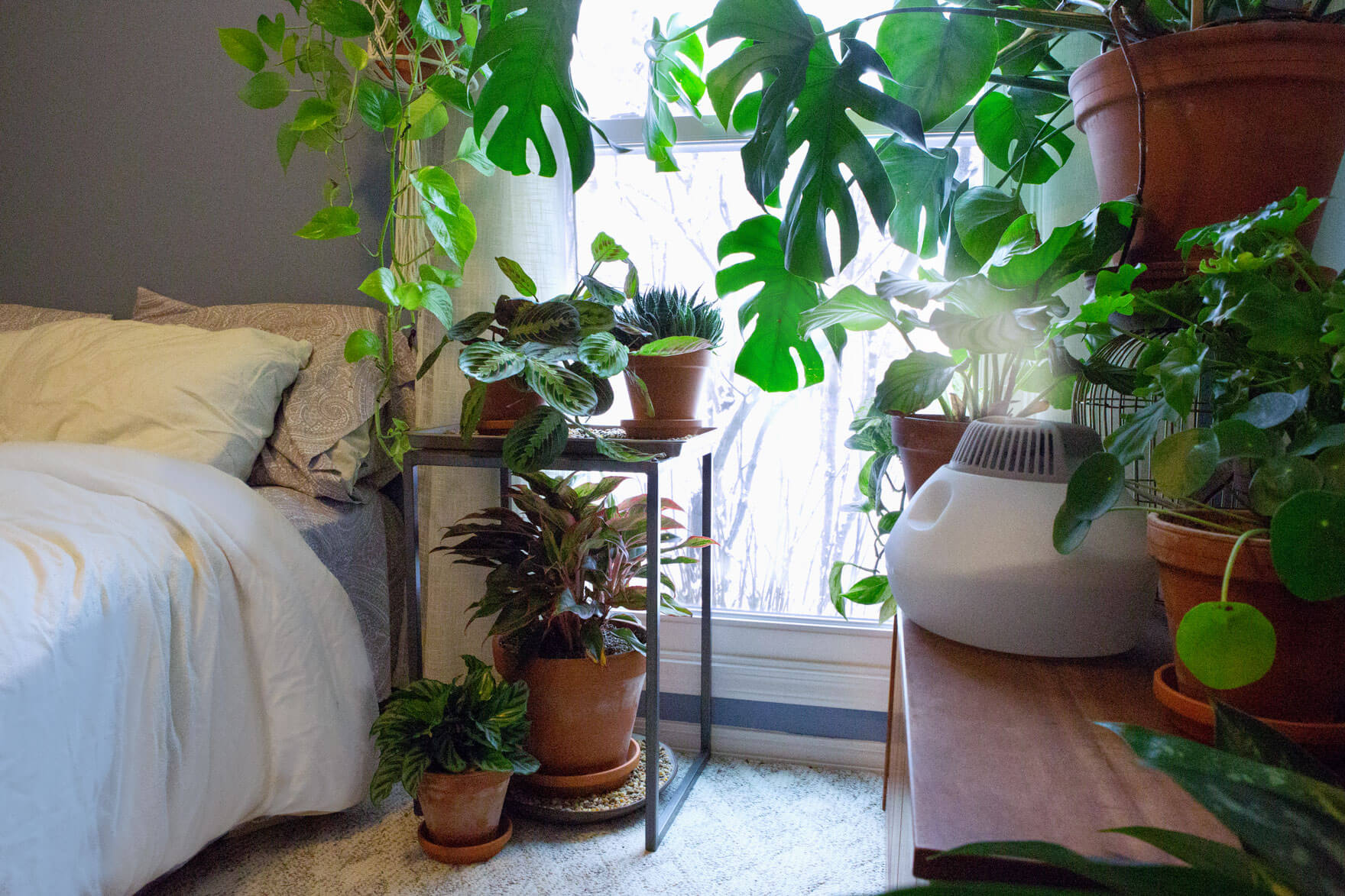
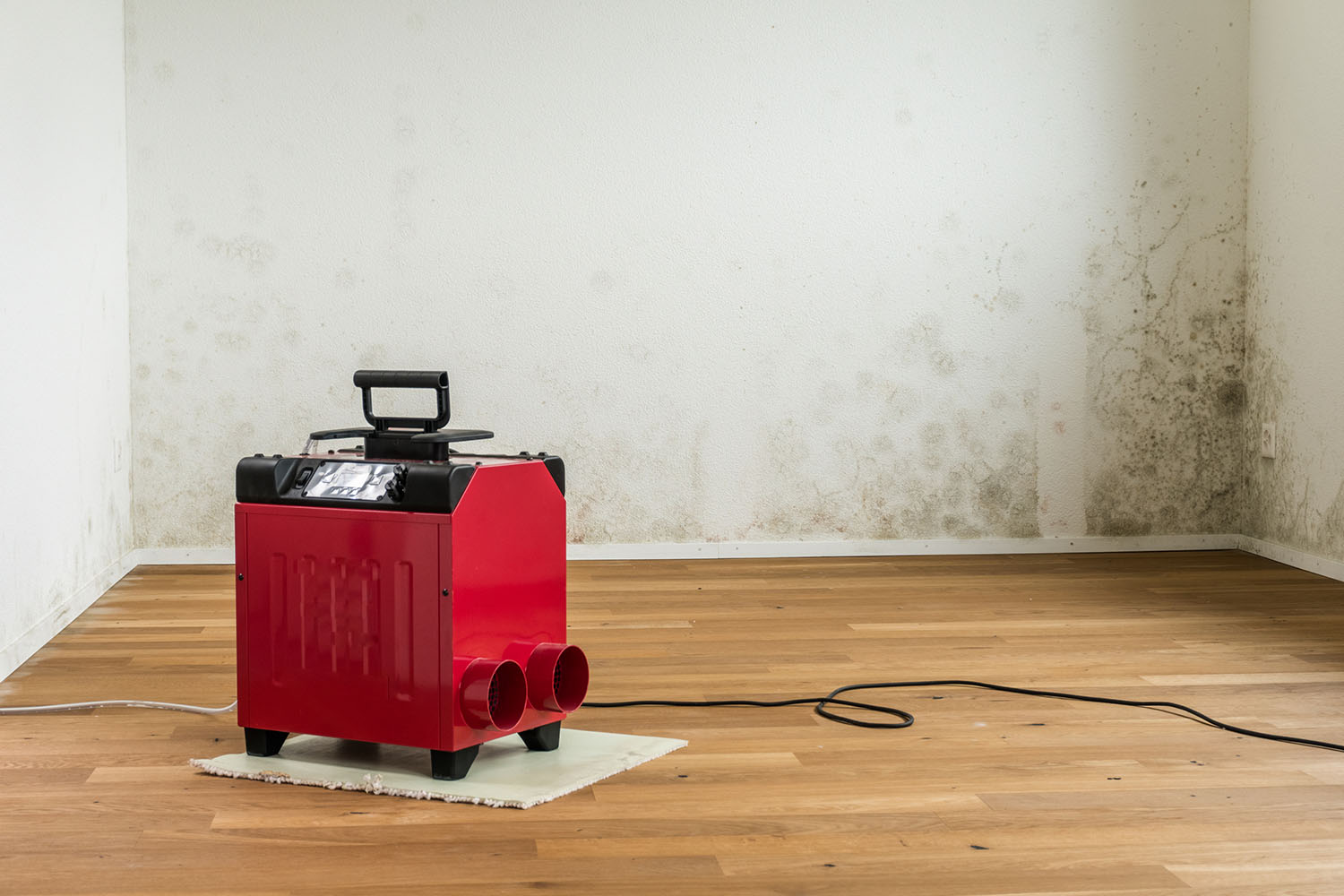
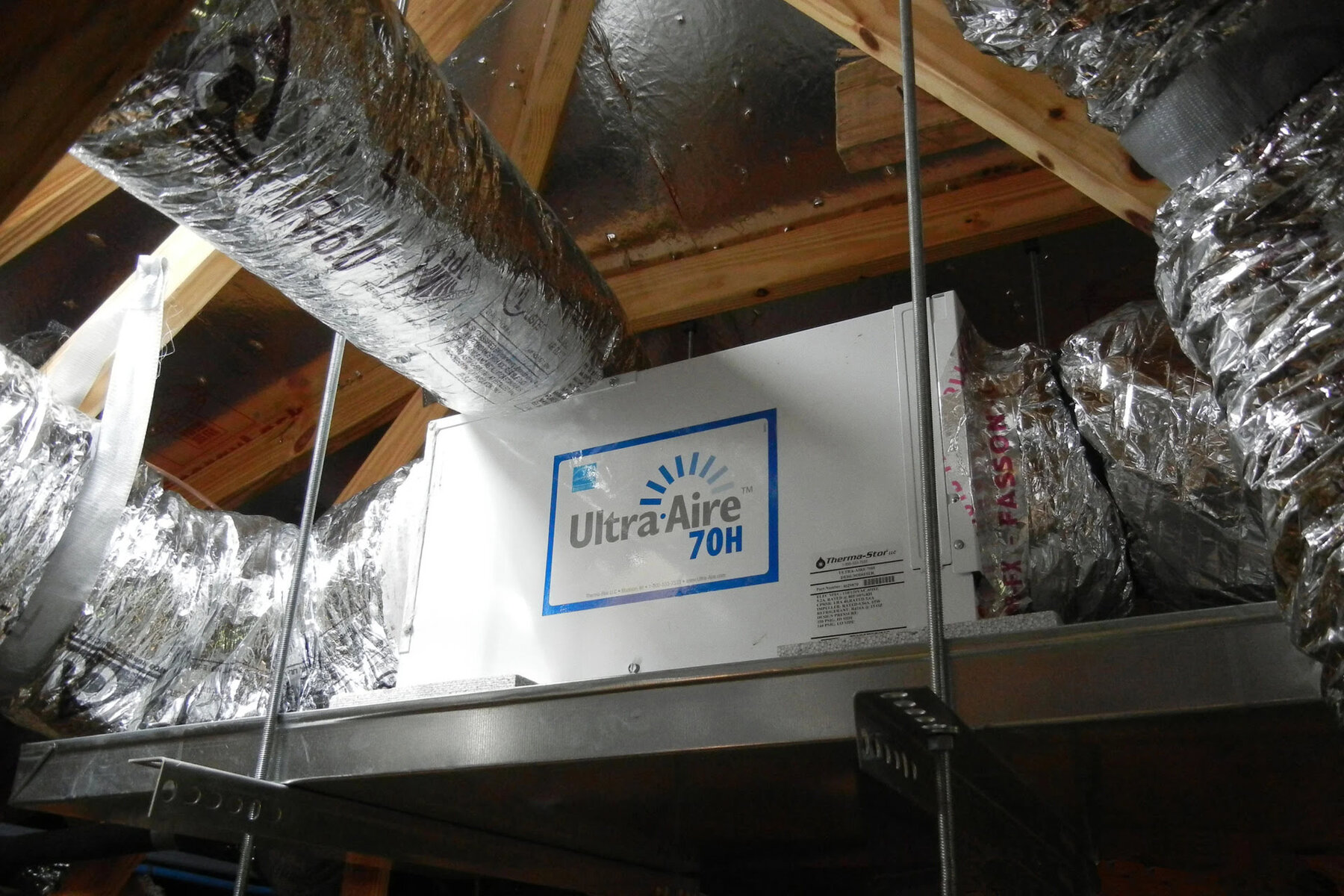

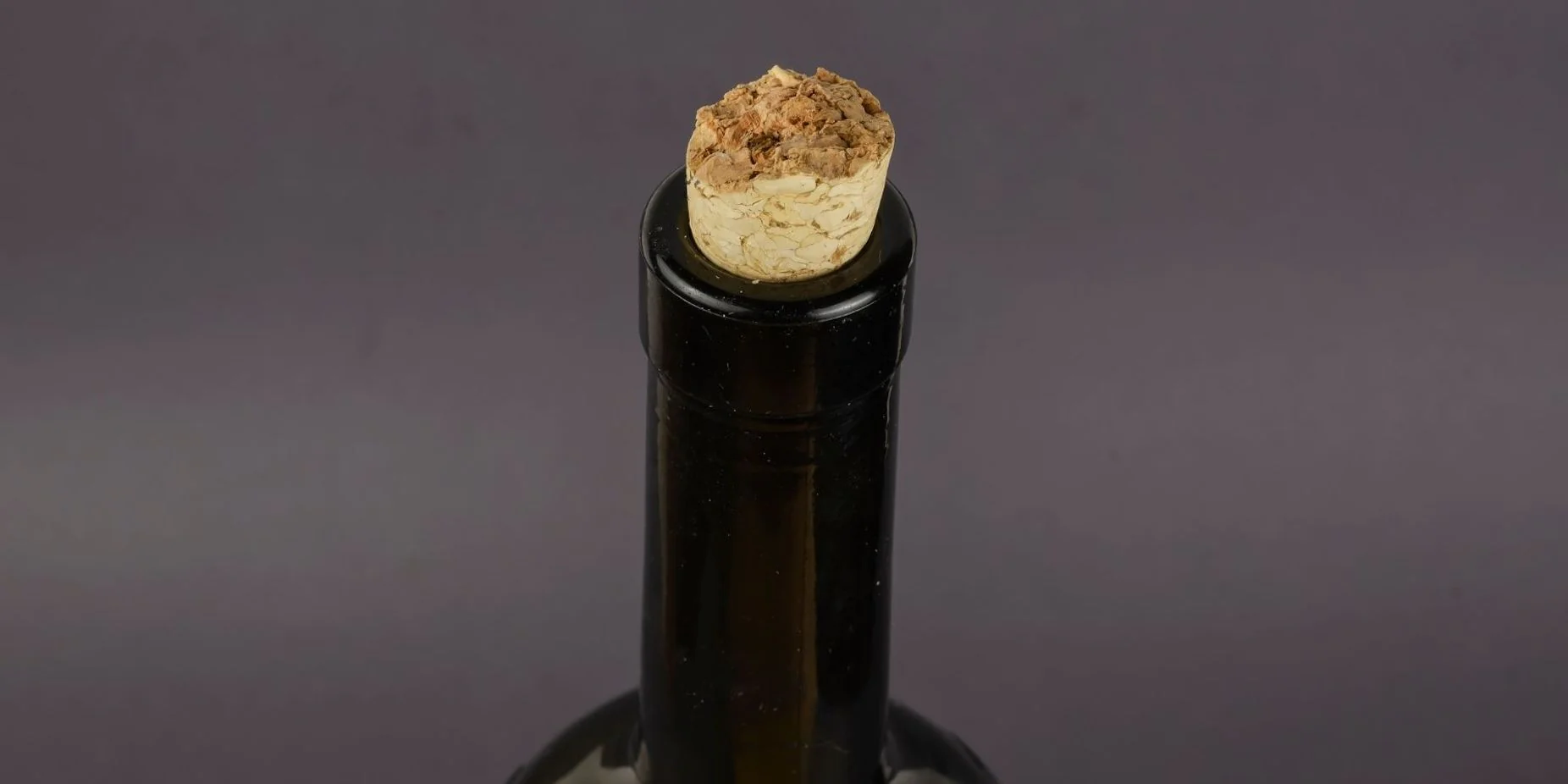

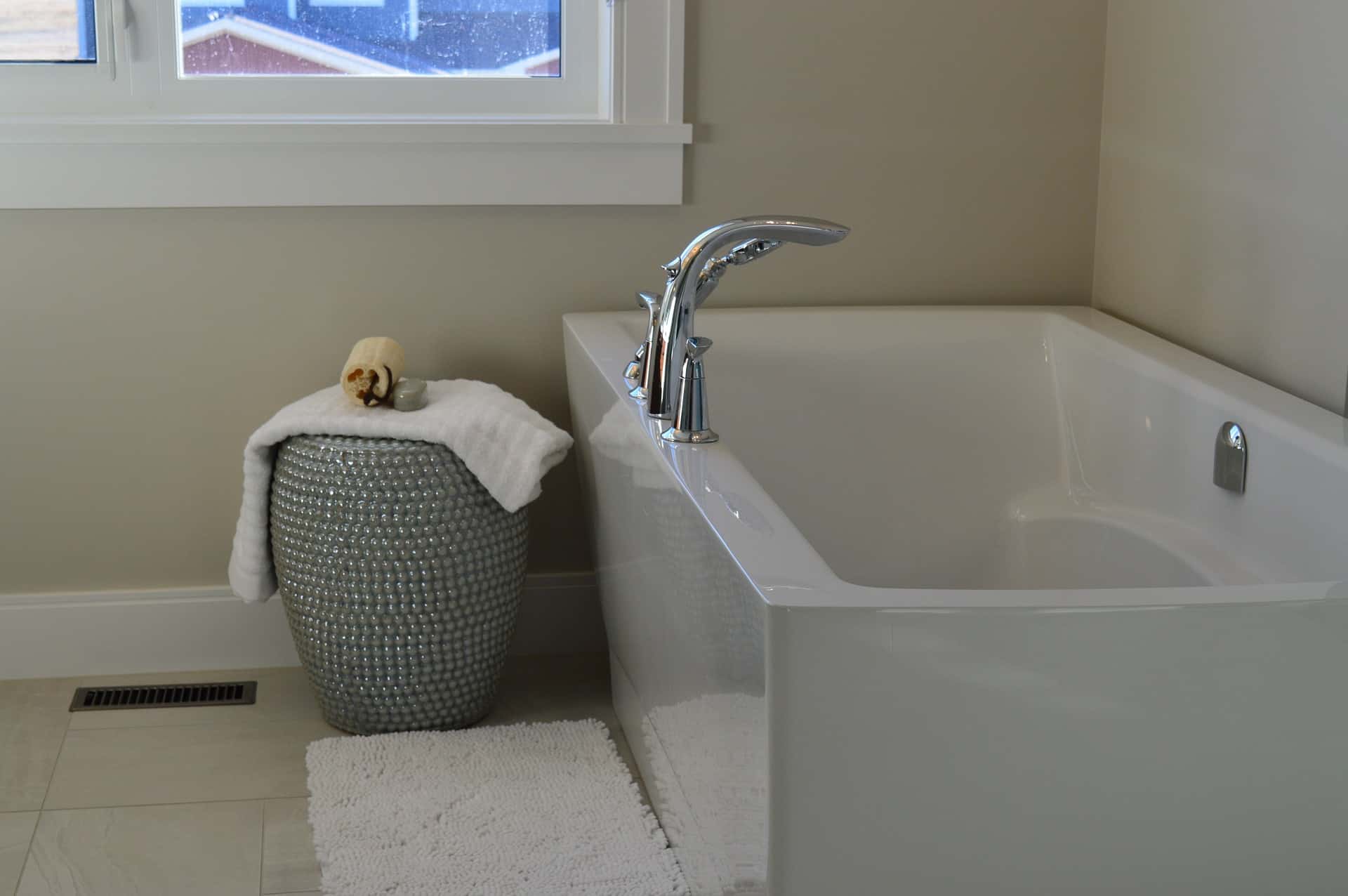
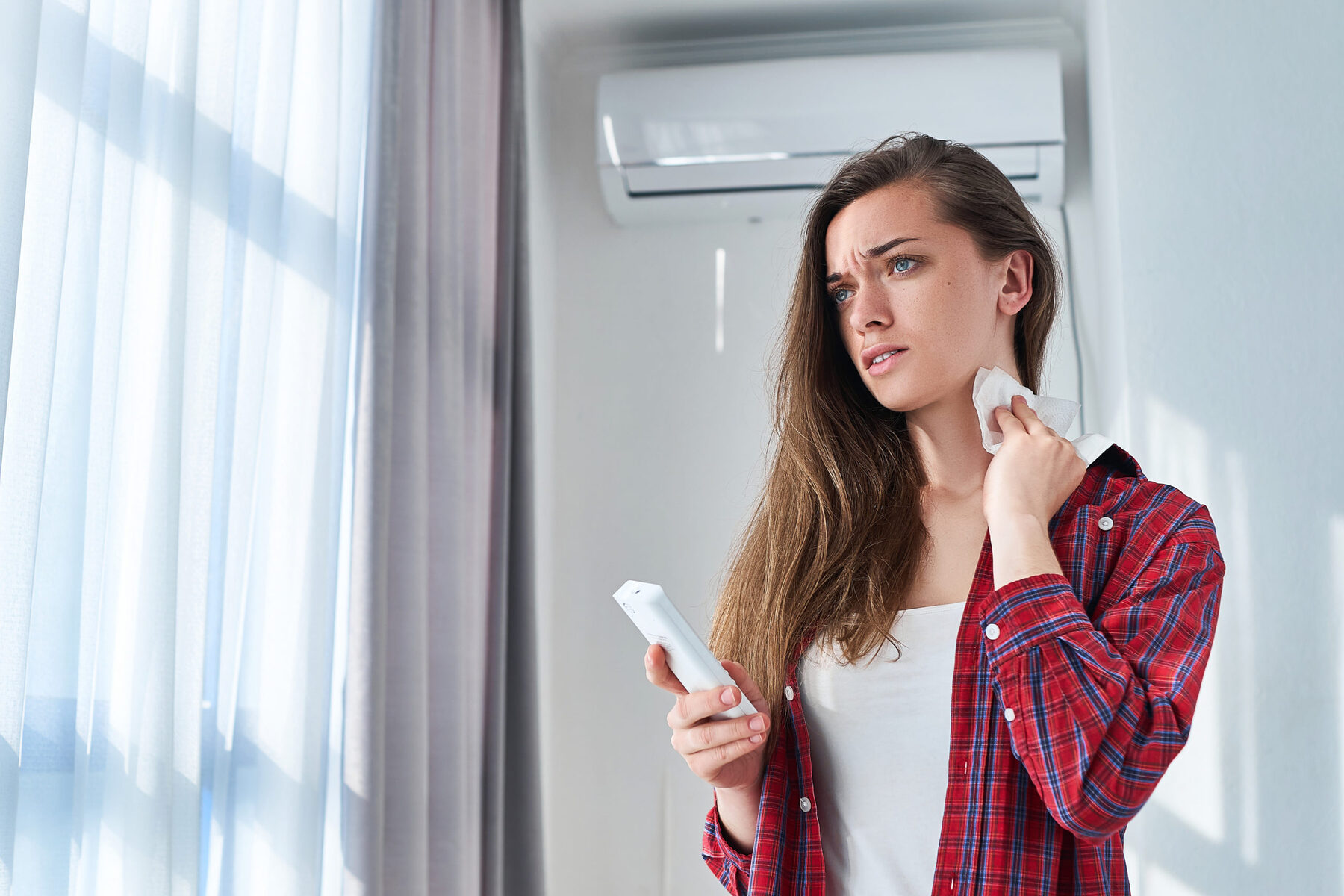
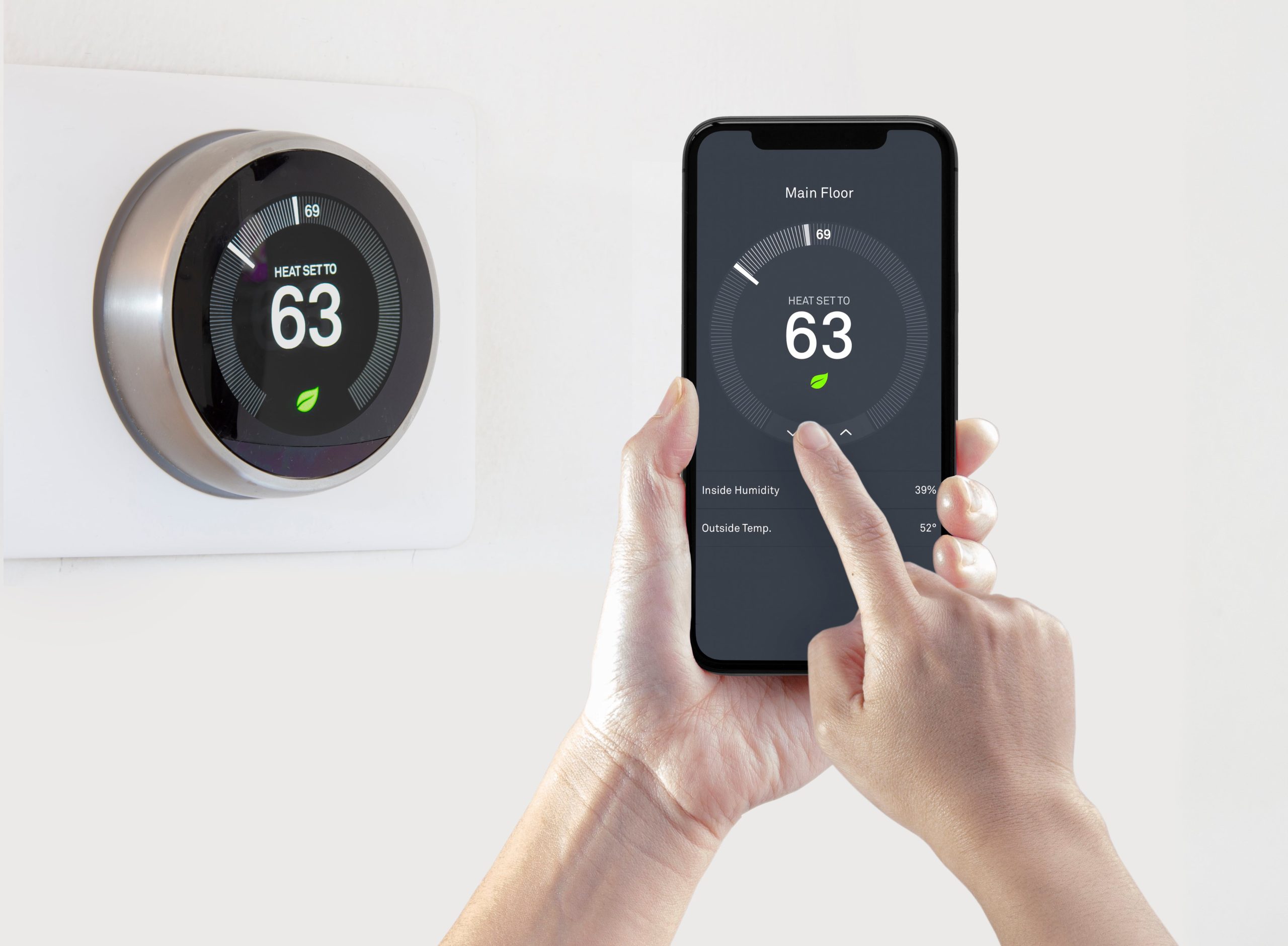

0 thoughts on “How To Get Humidity Out Of House Without A Dehumidifier”